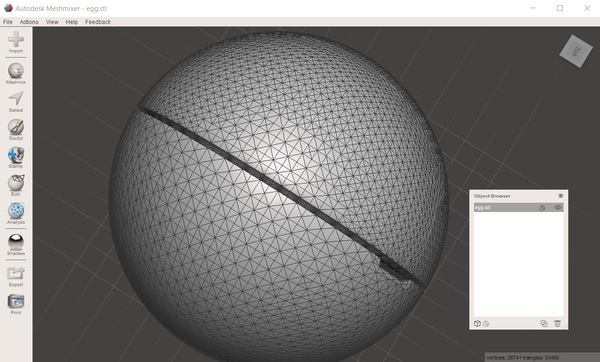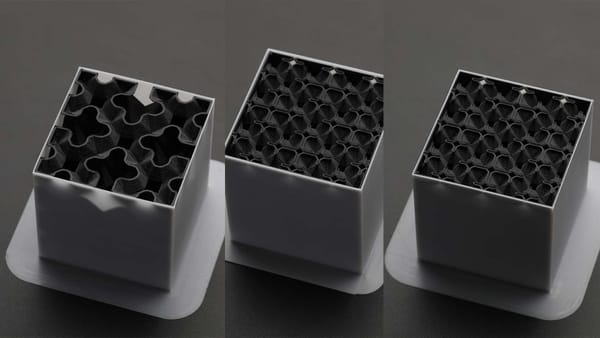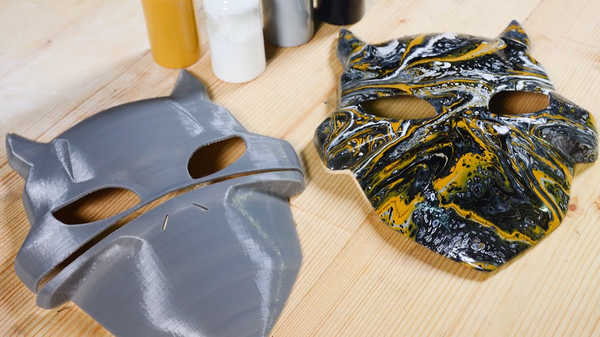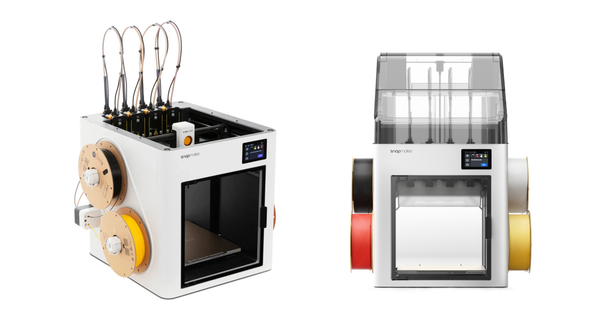3D Pen vs. 3D Printer Filament: Are They Interchangeable?
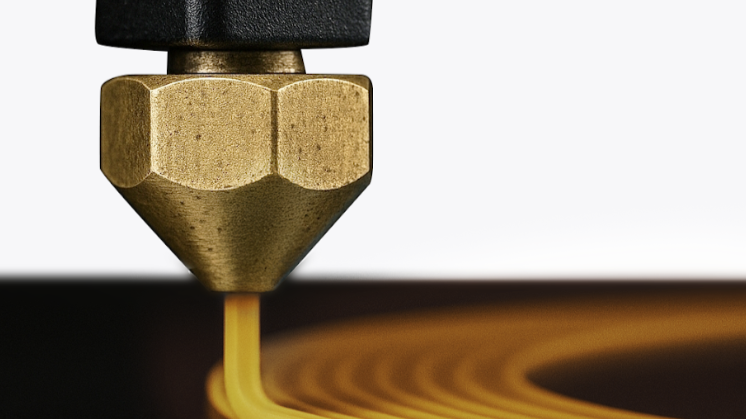
Ever wondered if the filament sitting on your 3D printer shelf can power your 3D pen creations? You’re not alone. Many people ask this question when they start working with both tools.
3D pens and 3D printers are both fun and creative. They work by melting plastic filament and turning it into art, tools, or parts. But people often get confused about whether the filaments used in one can also work in the other.
This blog will help you understand the differences between 3D pen vs 3D printer filaments. We’ll also explain if and when you can use one for the other. If you’ve been curious about using your printer spool in a pen or vice versa, keep reading.
3D Pen vs. Printer Filaments: Key Properties and Differences
Both 3D pens and 3D printers work by heating plastic filament until it melts. You then shape the melted plastic into something new. The materials used in both are often the same. PLA and ABS are the most common. PETG is also popular.
But then, just because they have the same materials, it does not mean they work similarly. Great filaments are available in several shapes, sizes, and categories for 3D pens and printers. The main question is not a simple yes or no.
3D Pen Filament: The Basics
3D pen filaments are made for handheld tools. These pens let you draw in the air or fix broken plastic items. You can also use them for small creative projects.
Most 3D pen filaments come in short strands, around 5 to 10 meters long. This makes them easy to swap and carry around. They usually cost more per meter than printer spools.
You’ll find fun filament options for pens, like glow-in-the-dark, metallic, and even wood-filled varieties. These are great for art and personal touches.
But there is a downside. Pen filaments often have less strict quality control. Their thickness can vary slightly. If your pen is sensitive, these small changes can cause clogs or uneven flow.
So, while they are great for quick use and creative freedom, pen filaments aren’t built for heavy-duty tasks or long prints.
3D Printer Filament: Core Characteristics

3D printer filaments are designed for more serious work. You use them to build models, parts, or other items, layer by layer.
These filaments usually come on big spools. A standard size is 1 kilogram, which gives you a lot of material. This setup is much more cost-effective, especially for large or repeated prints.
The quality of printer filament is also more consistent. It’s made with tight size controls to avoid clogs and ensure smooth printing. This matters a lot when printing complex or long items.
Some filaments also need special printer settings. For example, ABS needs a heated bed to prevent warping. TPU and PETG may require fine-tuning to print well.
So, while printer filaments are reliable and precise, they can also be more demanding to use. They’re not always plug-and-play like pen filaments.
Are 3D Pen and Printer Filaments Interchangeable?
Can you not use 3D printer filament in a 3D pen? In most cases, yes; in some, it depends. Most 3D pens use a 1.75mm filament. This is the same size that many 3D printers use. So, if the material and size match, you can often use printer filament in a pen. But always check your pen’s manual first.
What to Check Before Interchanging Filaments:
1. Diameter
Ensure your 3D pen and filament are the same diameter. Most pens use 1.75mm filaments, but be aware that some 3D pens utilize 3mm filaments.
2. Material Type
PLA is the safest choice. It melts at a lower temperature and doesn’t give off strong fumes. ABS needs more heat and ventilation. PETG and TPU also work, but your pen must support adjustable heat settings.
3. Quality
The printer filament usually has stricter controls. This can help with the smoother flow of pens. But not all pens need high-end filament. Pen filament may clog a printer if it’s not consistent.
4. Special Systems
Some pens use their own brand-only filaments. These are not always standard sizes or materials, so mixing won’t work.
If you do want to try using printer filament in your 3D pen, go for high-quality brands. Something like Snapmaker filament is a safe choice. It has reliable size control and works well with many pens.
Challenges of Cross-Using Filaments
Using printer filament in a 3D pen can work, but there are risks.
The low-quality filament may clog your pen. Some pens don’t reach the high temperatures needed for ABS or PETG. This can lead to failed drawings or damage.
Using pen filament in a 3D printer is also tricky. These strands are short. You’ll need to pause often to reload. That makes them bad for big prints. Additionally, the quality may not be sufficient for complex models.
So even if sizes match, it’s not always smooth sailing.
The Final Thought
3D printer filaments and 3D pen filaments can sometimes be swapped, but only if the material and diameter match. Still, we suggest checking the device manually before doing so. It’s better to be safe than to waste your time or damage your tool.
Not all filaments tell the same tale. The top-quality filaments must be selected keeping in view the usage of a printer in a pen. Snapmaker is one of the trusted brands, producing nothing but compatible materials between a pen and a printer.
Testing it first with a small quantity is always recommended. Also, check if the settings of your device match the requirements of the filament being used.
Getting to know these differences means you can get the best out of both pen and printer, and also save yourself from some very annoying errors in between.

